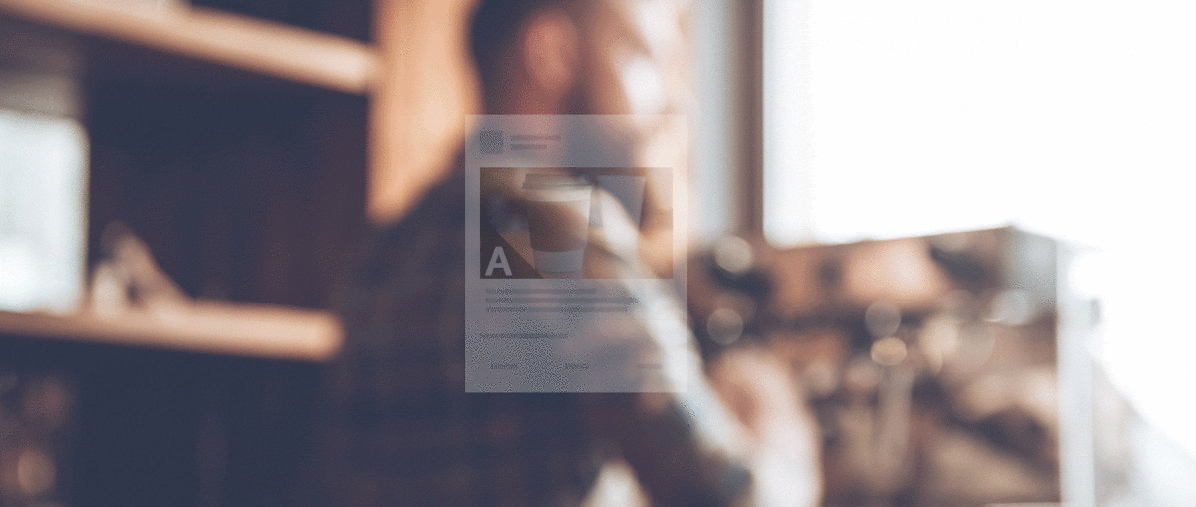Optimize Your Message: How to A/B Test on Social

A social media presence is invaluable to brands, but how can you leverage it to gain quantifiable insights?
One thing is for sure – social media advertising offers a way to boost brand exposure, increase market saturation, and turn passive viewers into paying customers. But not all paid social campaigns are created equal. Those not-so-successful campaigns often have a common denominator – a “shoot from the hip” approach. Without a well-defined strategy, your paid social campaign will likely have no substantial impact. Then, you end up back where you began… only this time with less budget.
But – there’s some good news.
Just like you can test and optimize website variables to find a winning result, you can also test and optimize your owned social media channels – like Facebook, Twitter, Instagram, and YouTube.
What is A/B Testing?
For those of you who are unfamiliar, A/B testing, also known as split testing or conversion optimization, allows you to test two variables to reveal which message is most effective. Think of it like “survival of the fittest social media message,” or social media Darwinism.
With A/B testing, you can identify two variations for a specific social campaign, and then send your message to a small percentage of your total audience. Half of the test group is sent “version A” and the other half is sent “version B”. The winning message is determined by success metrics like opens or clicks, and that version is sent to the remaining audience.
Social A/B testing answers questions like:
- Which message is most engaging to your audience?
- What social content types generate the most engagement?
- What time of day are people most likely to click on your ads?
- Which call-to-action has the highest conversion rate?
Wired author Brian Christian says:
“Using A/B, new ideas can be essentially focus-group tested in real time: without being told, a fraction of users are diverted to a slightly different version of a given web page and their behavior [is] compared against the mass of users on the standard site. If the new version proves superior—gaining more clicks, longer visits, more purchases—it will displace the original; if the new version is inferior, it’s quietly phased out without most users ever seeing it.”
Through A/B testing, you can easily determine the stronger message, gaining quantitative insights into social performance, and operating on more than just an “educated hunch”.
What Should You Test?
A/B testing allows you to quantify seemingly subjective variables like:
- Social content: Your post’s title, readability, description and word count factor in to how your audience engages with social content. Different words, phrases, capitalization and even punctuation can impact email open rates.
- Layout: While these variables may vary by social network, you can still test the layout of your post. For example, Facebook offers multiple ad formats like carousel ads or lead ads. Which format captures the most interest and conversions? Test them against each other.
- Imagery: Images contribute – and deter – from engagement and conversion. Does a product image, or the application of a project shot perform better? Do promoted videos or gifs get more action than static images? Testing the media you use in a campaign can help you select the most impactful visuals.
Testing Audience Types
Along with testing campaign variables, you can also test audiences and uncover your “customer sweet spot”. Target audiences similar to your existing customer base—they will be the most likely to convert. The following audience characteristics can be tested across a range of social networks:
- Location: By city, state, ZIP code or country. This is especially effective for small businesses.
- Age: Select an age range.
- Gender: Do you want to reach men, women, or both?
- Professional Titles: Do you want to reach junior employees or the C-suite?
- Education: Target someone’s level of education—do you want to reach people that have a GED or a Master’s degree?
- Interests: When people are interested in your business, they’re more likely to interact with your ad. Choose from hundreds of categories to reach the right people.
- Behaviors: Find audience members based on the things they do—like online behavior. What sites have they visited and engaged with?
Testing Other Variables
While it’s important to test content and audience types, there are other things that can be tested, like:
- Time of day message is sent: Social messages resonate more at different points of the day and week, and the optimal time varies from network to network. Create a test that identifies the best time of day and week to serve up your social ads.
- Device: Do mobile or desktop users respond better to your social ads? Find out by testing.
- Connection: Test whether or not wireless or 4G/LTV connections make a difference.
Some Final Words
Quantifiable testing should be the cornerstone of every social advertising campaign. Use a trial-and-error process to maximize your campaign investment and discover the best way to target, reach, engage and convert audiences.
While there are many A/B testing technologies available, few are able to implement results cross-platform. AdParlor offers advanced testing and analytics to produce real results for your social campaigns. Need help with an upcoming campaign? Give us a call.